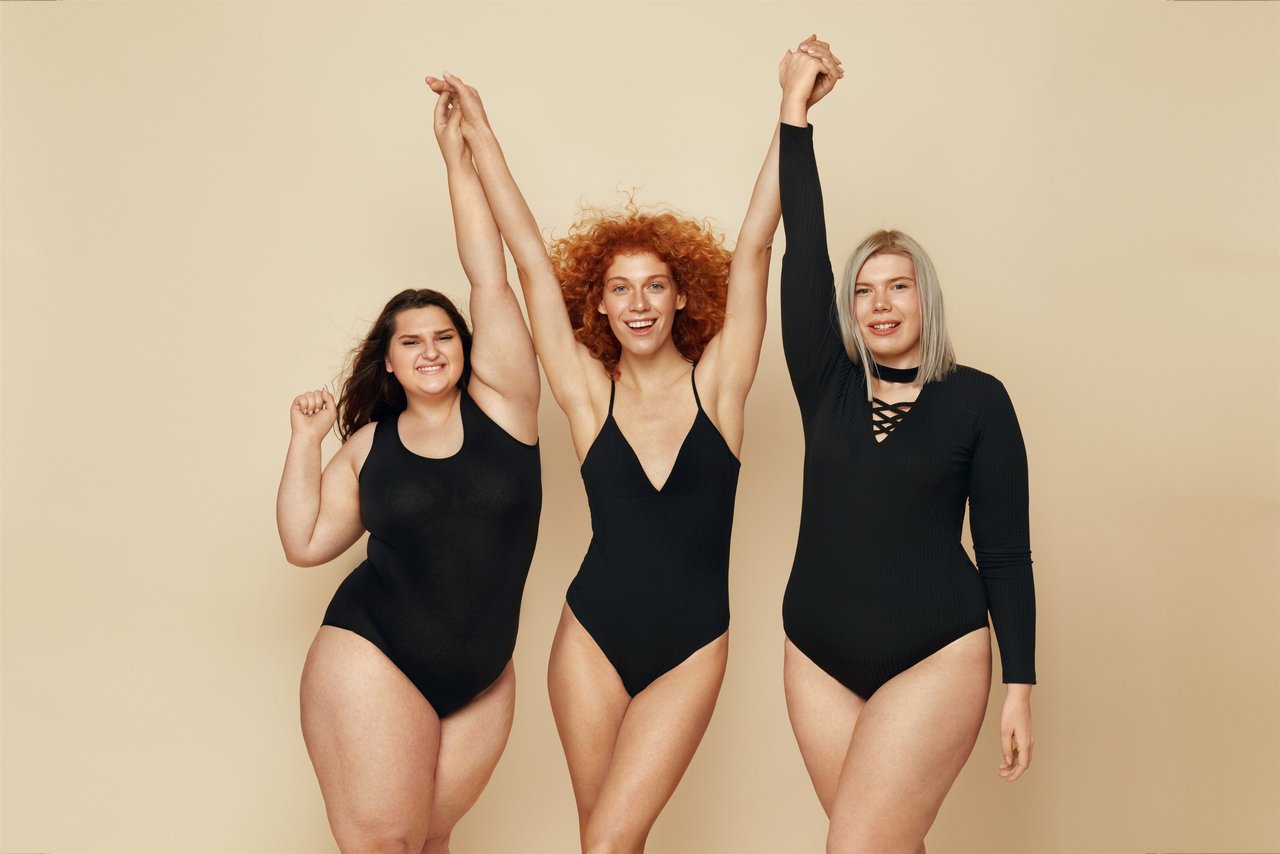Sensory Deprivation: Starter Basics
Sensory deprivation tools sit at the entry point of light bondage. Satin blindfolds, soft cuffs, and gentle restraints reduce one sense to heighten the others. The payoff is simple: more anticipation, tighter trust, stronger focus. Satin feels smooth, reduces friction, and keeps comfort high. Padded or silicone-lined cuffs support restraint safety while allowing easy adjustments.
Consent and clear signals guide every scene. Agree on boundaries and a stop signal first. One survey reports that 58% of women express interest in blindfolding during intercourse, which hints at broad curiosity without heavy risk. Starter kits stay affordable and practical. Begin small. Learn what works. Then build.








